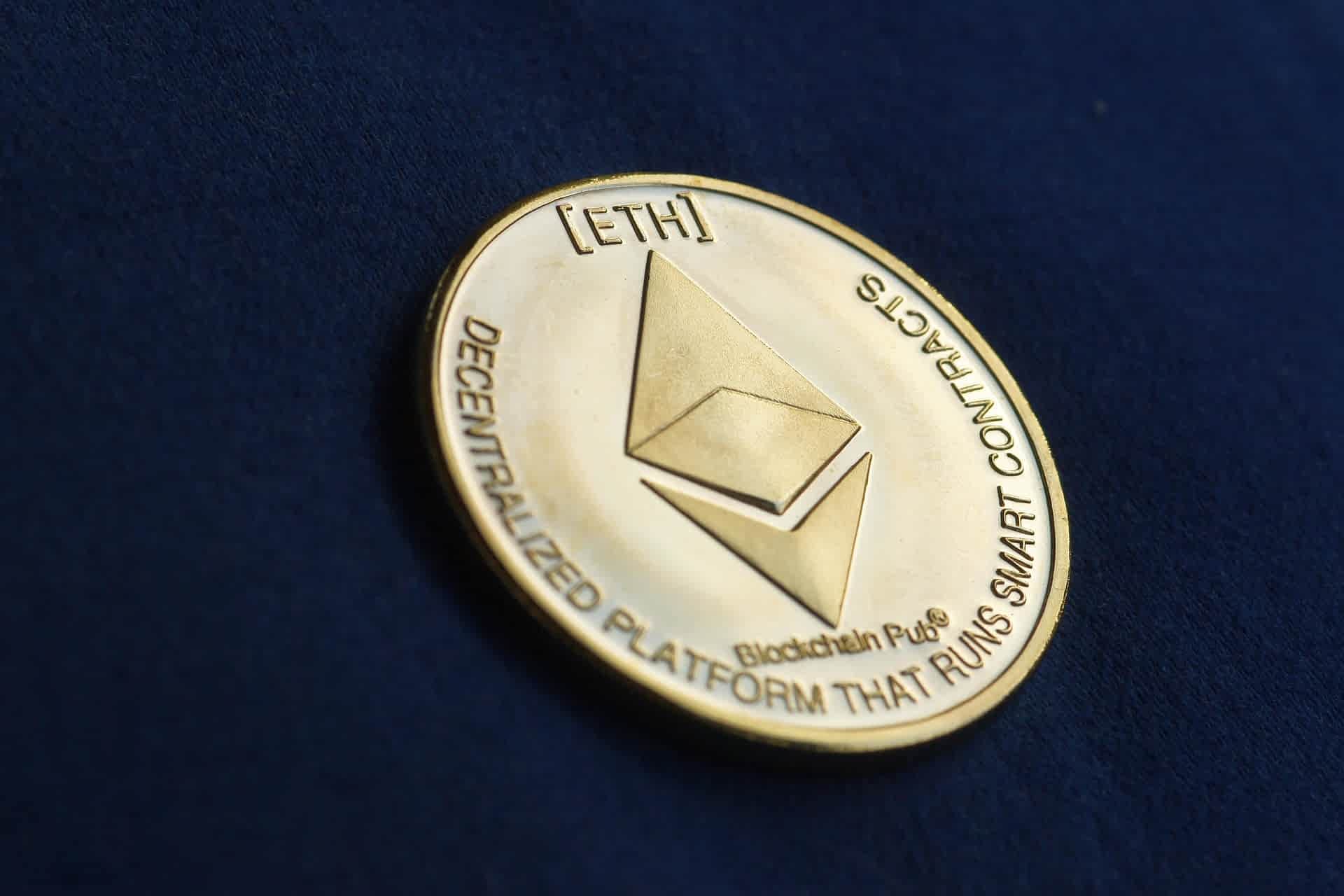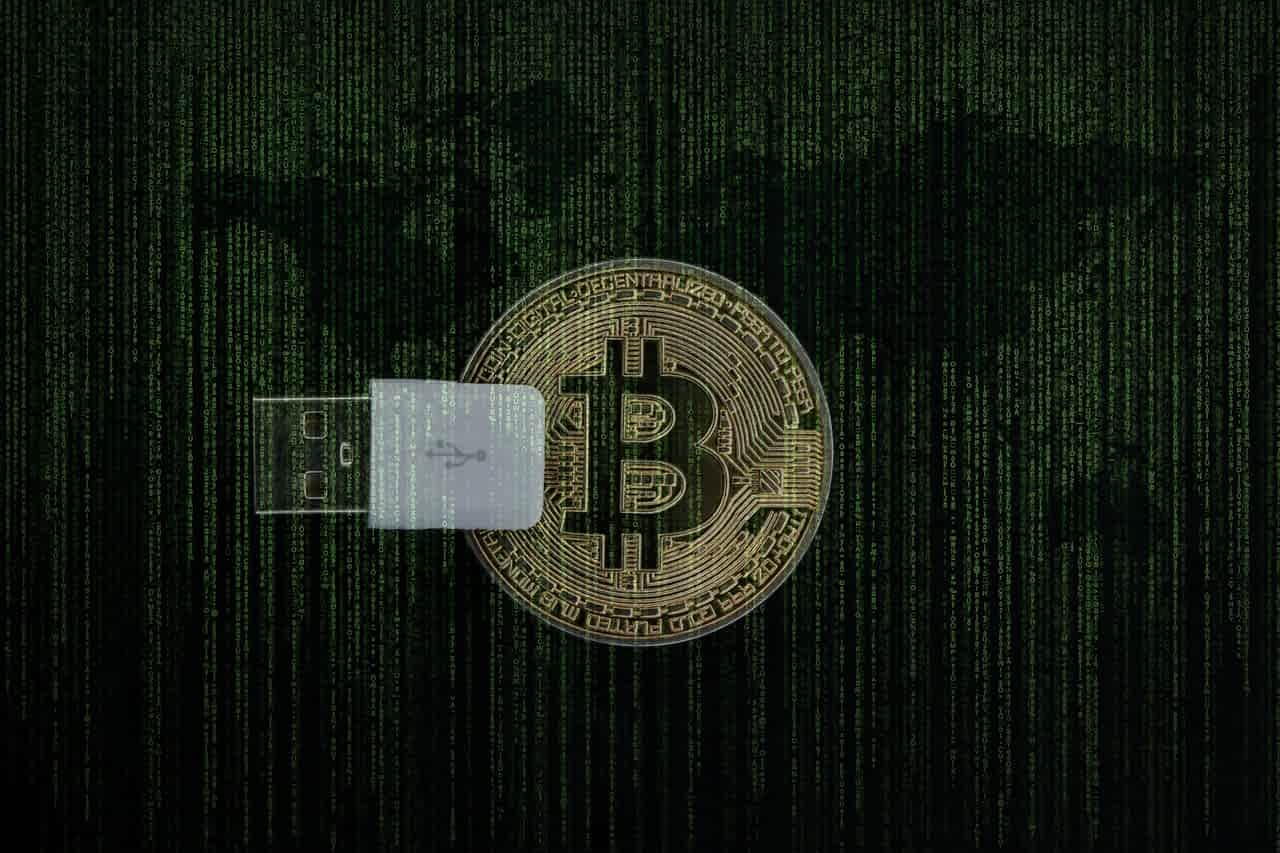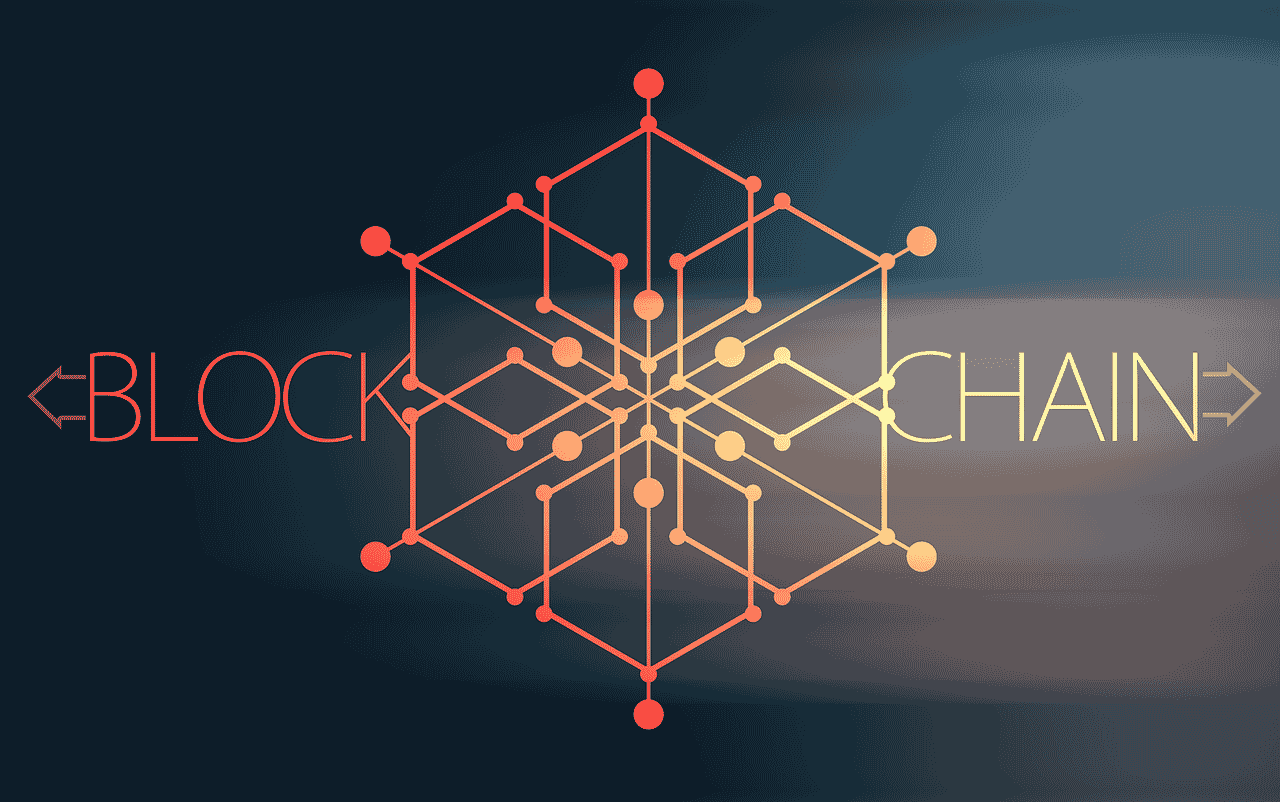
Understanding Smart Contracts
Code, clarity, and control — why smart contracts are redefining the future of finance, legal agreements, and investment structures
In a world increasingly shaped by digitization, automation, and decentralization, smart contracts have emerged as one of the most transformative technologies of the blockchain era. More than just lines of code, these self-executing agreements hold the potential to disrupt traditional systems of trust, enforce compliance without intermediaries, and dramatically streamline how transactions and agreements are conducted across industries.
But the concept of smart contracts is often misunderstood — either overhyped as a cure-all, or dismissed as a niche application for cryptocurrency enthusiasts. In reality, smart contracts sit at the intersection of law, finance, and technology. Their implications stretch far beyond blockchain protocols into real-world use cases such as real estate, insurance, international trade, investment governance, and even personal estate planning.
To understand smart contracts is to glimpse a future where legal clarity meets computational precision, where trust is embedded not in institutions but in code, and where the speed of execution matches the speed of innovation.
Every investment, every deal, every promise in the financial world depends on one thing: trust. Historically, this trust has been mediated by legal contracts, notarized paperwork, middlemen, or oversight bodies. But with increasing complexity, globalization, and digitization, traditional methods of ensuring trust are proving costly, slow, and vulnerable to inefficiencies — and at times, outright failure.
Enter the smart contract — an innovation born from the blockchain movement but now rapidly evolving into a broader financial and legal toolset. First proposed in the 1990s and realized decades later through platforms like Ethereum, smart contracts automate agreements through self-executing code. They operate on a simple principle: if X occurs, then Y automatically follows — with no human discretion, delay, or need for third-party enforcement.
Yet this simplicity is deceptive. Behind the automation lies an entirely new way of thinking about financial relationships. When used wisely, smart contracts can offer greater transparency, reduce administrative friction, lower operational costs, and minimize disputes. When used poorly or prematurely, they can introduce new risks, ambiguities, and failures.
Like any tool, the value of smart contracts lies not in their existence, but in how thoughtfully they are applied. And for families, businesses, and institutions navigating increasingly digital financial environments, understanding their function — and limitations — is essential.
What Are Smart Contracts, Really?
At a technical level, a smart contract is a software protocol — a set of rules written in code — that executes automatically when predefined conditions are met. Deployed on a blockchain, these contracts are immutable (they cannot be altered once published), transparent (their logic is publicly visible), and trustless (they do not require the parties involved to trust one another or a third party).
In traditional contracts, two or more parties agree to terms that must be executed by the parties, and in case of dispute — enforced by courts. With a smart contract, enforcement is built into the code. For example, a decentralized finance (DeFi) platform may deploy a smart contract that releases loaned cryptocurrency when collateral is deposited, and automatically liquidates the collateral if loan terms are violated.
The implications are profound. No more waiting for approvals, manually signing documents, or relying on brokers to enforce compliance. Smart contracts shift the trust mechanism from institutions to code — and from discretion to determinism.
This has clear benefits: efficiency, speed, and cost reduction. But it also has caveats: the code must be correct, the logic must anticipate all possible outcomes, and the environment must remain stable. Bugs in smart contracts are not theoretical risks — they have already led to millions in losses. Legal enforceability is still evolving. And the inflexibility of code — its inability to understand nuance or context — means that human oversight remains essential.
Financial Applications: Beyond Speculation
Most early adopters of smart contracts were cryptocurrency platforms and decentralized applications (dApps), which used them to facilitate everything from peer-to-peer lending to automated trading strategies. But the applications are rapidly expanding.
In investment management, smart contracts can automate dividend payments, rebalance portfolios, or trigger tax-loss harvesting when thresholds are met. In real estate, they can coordinate title transfers, escrow services, and lease payments without third-party administrators. In insurance, claims processing can become nearly instantaneous, reducing fraud and overhead.
For venture capital and startup investing, smart contracts can enforce milestone-based funding, where capital is only released when a startup achieves specific deliverables. For sovereign finance and government services, smart contracts are being explored for distributing social benefits, monitoring infrastructure projects, or issuing programmable currencies.
What unites these applications is a fundamental shift: financial logic becomes programmable. This doesn’t eliminate the need for strategy, nuance, or relationship — but it redefines how repetitive or rule-based functions are performed.
Legal Status and Interpretability
One of the biggest challenges facing smart contracts is legal recognition. While the technology is clear, the law is not. In many jurisdictions, the question remains: is code legally binding? Does a smart contract constitute a “contract” in the legal sense?
Some jurisdictions — such as the UK, Singapore, and several US states — have begun recognizing smart contracts under existing legal frameworks, provided they meet the traditional elements of a contract: offer, acceptance, intent, and consideration. Others remain in legal grey zones, where a smart contract might execute technically but face challenges in enforcement or dispute resolution.
Moreover, smart contracts can struggle with ambiguity. Traditional legal language is intentionally flexible to account for interpretation. Code, by contrast, is binary. It doesn’t account for force majeure, unforeseen circumstances, or equitable remedies. That’s why many experts advocate for hybrid models — combining coded execution with legal documentation that provides context and recourse.
These hybrids, sometimes called "Ricardian Contracts," offer the best of both worlds: the efficiency of code with the interpretability of human language. And for investors, businesses, and advisors, they present a more robust and practical path forward.
Risk, Control, and Governance
With any technological innovation come new risks. Smart contracts reduce certain risks — such as fraud, administrative error, and delays — but introduce others. Code risk, for example, refers to vulnerabilities in the logic of the contract itself. If a developer makes an error, or if malicious actors discover an exploit, funds could be lost or systems disrupted.
There is also the risk of irreversible execution. Once a smart contract is triggered, it cannot be undone. This is strength in some contexts — it guarantees execution — but danger in others. Imagine a real estate transaction where a title issue is discovered moments after funds are released. In a traditional deal, legal action could delay or reverse the process. In a smart contract, the code executes regardless.
Governance becomes key. Who writes the code? Who audits it? Who decides when a contract needs to be updated? In decentralized systems, governance may be handled by communities or tokens. In institutional contexts, governance is typically centralized. But clarity is critical — especially in high-value transactions.
Smart contracts also raise questions of jurisdiction. Where is the contract “located”? Which court has authority? Which law applies? These questions are still evolving, but investors must ask them — especially when working across borders or integrating traditional and digital assets.
Smart Contracts and Estate Planning
One of the lesser-discussed but deeply impactful uses of smart contracts is in estate and legacy planning. Traditional wills can take weeks or months to execute, are subject to probate, and often lead to disputes. Smart contracts offer a new possibility: automated inheritance triggered by verifiable data inputs, such as a death certificate registered on a government database.
Digital assets — including cryptocurrencies, tokenized securities, or digital art — can be programmed to transfer upon predetermined conditions. Smart trusts could enforce conditions over time: releasing funds for education, matching savings, or distributing income annually.
This isn’t science fiction. Startups and legal tech firms are already developing platforms that combine estate law, biometric verification, and smart contract execution. The result is a more secure, timely, and intention-aligned transfer of wealth.
Of course, such systems still require legal oversight. Identity fraud, miscommunication, or data errors can undermine the process. And not all assets are easily tokenized or compatible with smart contract logic. But as technology matures, the estate planning landscape will likely include both traditional legal documents and blockchain-based execution layers.
Interoperability and the Broader Ecosystem
For smart contracts to achieve their potential, they must interact with the broader digital and physical world. This requires oracles — systems that bring off-chain data into the blockchain. For example, a smart insurance contract might depend on weather data, flight cancellations, or medical records. Oracles provide this data — but they also represent a critical point of vulnerability.
If an oracle is compromised or provides incorrect data, the contract may execute improperly. Hence, the development of decentralized oracle networks aims to reduce this single point of failure.
Interoperability is also vital. Currently, many smart contracts operate on isolated blockchains — Ethereum, Solana, Avalanche — that don’t natively communicate. Bridging these ecosystems is essential for widespread adoption, particularly for institutional finance and global transactions. Cross-chain protocols, Layer 2 solutions, and standards development are all contributing to this next phase of evolution.
Adoption Challenges and the Human Element
Despite their promise, smart contracts face meaningful barriers to adoption. These include technical complexity, regulatory ambiguity, lack of standardization, and public skepticism. But perhaps the greatest challenge is cultural. Trust has always been a human phenomenon. Transferring that trust to machines, code, and decentralized systems is not merely a technological shift — it is a psychological one.
Many individuals and institutions are understandably cautious. They want to know who is responsible if something goes wrong. They want to retain flexibility, nuance, and oversight. And they need education — not just about the technology, but about how it fits into their values, goals, and strategies.
That’s why smart contract adoption must be accompanied by human engagement — through advisors, educators, auditors, and legal professionals who bridge the gap between code and context. In doing so, the benefits of automation can be captured without abandoning the need for trust, ethics, and intentionality.
Partnering with Experts: Smart Contracts and Smarter Strategy
At LUXIM, we understand that smart contracts represent more than a technical trend — they are part of a broader transformation in how value, risk, and trust are managed. As financial systems evolve, clients increasingly seek solutions that combine the speed of technology with the nuance of human judgment.
We work with clients to explore the potential of smart contracts within their broader financial architecture — from automating recurring investment strategies to optimizing real estate transactions, structuring digital asset governance, or preparing estate transfers. Our expertise spans not only blockchain protocols but also the tax, legal, and jurisdictional frameworks that surround them — particularly in Europe and Monaco.
We partner with legal advisors, coders, and auditors to ensure that every implementation is secure, compliant, and aligned with client intent. We also help clients identify when smart contracts are appropriate — and when traditional structures offer greater clarity.
Our approach is never about hype. It’s about harnessing innovation wisely, integrating it seamlessly, and ensuring that every step you take with technology advances your broader strategy.
Book an appointment or get in touch with us today to discover how smart contracts — and smart planning — can work together to support your long-term vision. At LUXIM, we bring modern tools to timeless goals — and help your wealth strategy evolve with confidence.
Related Posts

Understanding Ethereum
Code, community, and capital — why Ethereum is reshaping the architecture of trust in a decentralized financial future

Understanding Crypto Wallets
Access, security, and ownership — why understanding crypto wallets is essential to navigating the digital finance frontier with confidence and control

Understanding Blockchain
Transparency, immutability, and decentralization — how blockchain is redefining the financial architecture for institutions, investors, and global markets alike

Understanding Ethereum
Code, community, and capital — why Ethereum is reshaping the architecture of trust in a decentralized financial future

Understanding Crypto Wallets
Access, security, and ownership — why understanding crypto wallets is essential to navigating the digital finance frontier with confidence and control

Understanding Blockchain
Transparency, immutability, and decentralization — how blockchain is redefining the financial architecture for institutions, investors, and global markets alike
Disclaimer
The content published on this blog, including articles contributed by LUXIM, is for informational purposes only and should not be considered financial, investment, tax, or legal advice. While we strive to provide accurate and up-to-date information, LUXIM and other contributors do not guarantee the completeness, reliability, or accuracy of the content.
Real estate and wealth management involve risks, including potential financial loss. Past performance is not indicative of future results. Any decisions regarding investments, property purchases, or financial planning should be made based on independent research and consultation with qualified professionals, such as financial advisors, legal experts, or real estate specialists.
Neither LUXIM nor the blog's administrators are responsible for any financial or legal consequences resulting from actions taken based on the content of this blog. Readers should use their own judgment and seek expert guidance tailored to their specific circumstances.